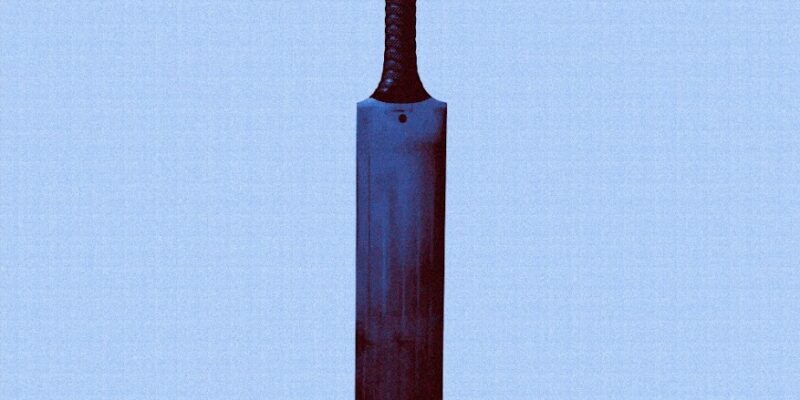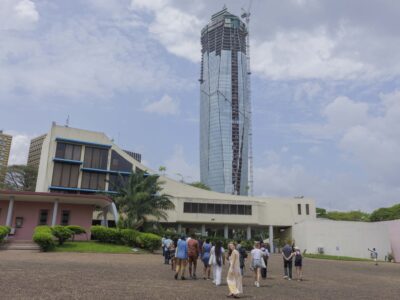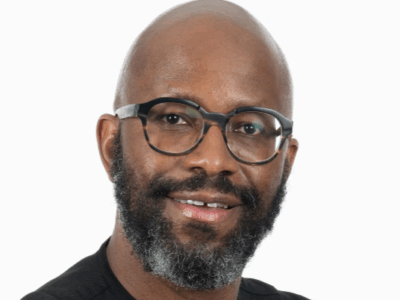This system ranges from high-fee government schools such as Durban High School, or DHS (where basic tuition for a grade 12 pupil, excluding extra-curricular activities, is almost R73 000 per year in 2025) to private schools such as St Stithians (where annual basic tuition for a grade-12 pupil is almost R180 000). It also includes a host of former all-white “model-C schools” that remain out of reach to the pockets of mineworkers and domestic workers in an economy that has transformed little since apartheid.
The elite school system has been producing cricketers for South Africa for over a century. According to the SA School Sports website, as of August 2020, DHS led the pack with 24 Test caps, followed by Cape Town’s Bishops with 18 and King Edward VII School with 16.
Many of these schools were established during the period of British Victorian and Afrikaner colonial expansion. Like St Stithians, most were founded on Christian values or, like Hilton College, by colonial capitalists. Until the end of apartheid they were exclusively white.
They remain steeped in traditions and values that are over a century old — and inform the world view of the young men they produce. These are men who accept authority, exhibit “discipline”, and embrace the conservatism often required in cricket (transplanting that mindset into life).
As the Trinidadian writer VS Naipaul noted, notions of “gentlemanliness, fair play and teamwork” were infused in the British imagining of the game yet contradicted their actions in the colonies. These values he described as “very worldly and tired and, in the West Indian situation, ridiculous and irrelevant”.
Proteas captain Temba Bavuma grew up in Cape Town’s Langa township, but as part of an upwardly mobile family attended the elite South Africa College High School in Cape Town and then Joburg’s St David’s Marist Inanda.
During a recent interview, Bavuma acknowledged his “privilege” after attending these schools and how the superior playing facilities and coaching available had honed his batting technique. It also required him to assimilate into the “culture of cricket” and its institutions “so you know how to hold yourself within the culture”.
“As Black players, as Black African players, the expectation is that you will make the adjustments. It’s not necessarily the cricket culture that is going to make the adjustment. You have to make that adjustment,” Bavuma said of the demands, not just at school but also when he was breaking into the Gauteng provincial side and then the Proteas.
Earlier in our interview, Bavuma talked enthusiastically of how, growing up in Langa, his friends, and the generation before them, had venerated the swaggering West Indian team of the late 1970s that had dominated Test cricket for over a decade into the early 1990s.
That team, with fast bowlers such as Michael “Whispering Death” Holding and Andy Roberts (nicknamed “The Hitman” for the hurt he caused batsmen) and batsmen such as the explosive Viv Richards (who never wore a helmet because he wasn’t scared of any bowler, but did wear a Rasta wristband every time he went out to bat), was influenced as much by reggae music’s politics as that of Jamaican activist Marcus Garvey and the spirit of the independence that swept through the islands in the 1960s. Bavuma talked of street cricket in Langa where kids played with a flair that was often coached out of them when they moved into mainstream cricketing systems and institutions.
Brian Lara’s unorthodox back-foot cover-drives were replaced by playing with a straight bat. The maverick quirks that are “of the land” — wristy leg-side batting because you are avoiding a neighbour’s window on a cramped street in a township, a slinging bowling action honed while trying to get a wicket on the beach — were quickly replaced by institutions and their orthodoxy.
Cricket in South Africa, despite being played by Black Africans since around the time the game was introduced to the country in the 1800s, has never been truly “indigenised” because of its reliance on white mythology and formerly white institutions to produce players for the Proteas.
Traditionally, South Africa’s cricket has tended to be characterised by a deeply conservative, backs-to-the-wall laager mentality coalescing with “domkrag” hard power — much like the white-settler mission.
But this does not reflect a country and society that exhibits joy, resilience, resistance, subversive mentalities or the strong anti-authoritarian streak shown on township streets during the 1970s and 1980s, nor a collectivism that comes from community and civic organisations dating back decades, of the new moods of the kwaito generation and those that followed.
The “Rainbow Nation” mythology relies heavily on sporting success to suggest we are a united country. Yet, the cricket often played by South Africa after 1994 has been reflective of an elite and middle-class, mainly white, interpretation of the game and, consequently, society. For South African cricket to truly represent a dynamic and changing country with all its intergenerational contradictions and new dreams of what is to come, the sport needs a return to the streets, gullies, and clubs in traditional Black cricket-playing communities. This demands that Cricket South Africa establish a new development model.
* Niren Tolsi is a Cape Town-based journalist. His first book, Writing Around the Wicket: Race, Class and History in South African Cricket (MicroMega Publishers), was published in December 2024.











Comments